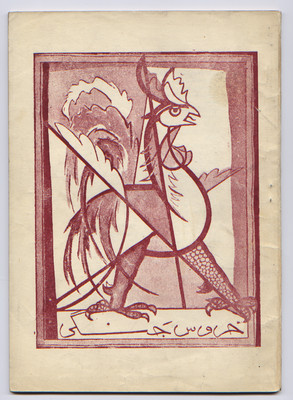Editorial Note
– What determines our place in history? If it is the past, there we also find the material support with which we reconstitute our historical place. Our relation to history remains retrospective, but also anticipatory.
–Events begin with a break from history. But they soon are recaptured by it and fetishized as historical triumphs or failures. Still something remains of past events that, although conditioned by history, is irreducible to it: a surplus that finds way to our time, something untimely that forces us to actively anticipate a renewing in past events.
– To anticipate a different turn of events in an already historicized past is to retroactively assume its fate as still undecidable. This opens an irreconcilable temporal gap in the continuity of the present, an extra-historical space in which history can be reenacted between unverifiable fact and assertive fiction.
– Such a-historical enactment retraces the past as an indeterminate sequence in order not only to reconstitute a different past but also to recondition the present. This is not purely recalling a certain past event to criticize the present (which if it was, it would as well reconfirm its fate as equally unalterable).
___
In 1948 the painter Jalil Ziapour with writer Gholam-Hossein Gharib, playwright Hassan Shirvani and composer Morteza Hannaneh, established the Khorous Jangi (Fighting Cock) association. With their motto "fighting against traditionalism and the worshiping of the old that is far from the reality of present time", they organized weekly seminars to introduce modern painting and analyze the condition of Iranian art. They also published a magazine in which they printed critical articles to spread avant-garde art in Iran. The association soon gained credit among those interested in art and became a centre for the gathering of more radical artists in Iran at the time.
The magazine bore the same name as the association's. Its content propagated the thoughts and artistic ideas of its founders. It contained of articles on contemporary art, music and dance, short stories, plays, poems and reviews. Khoroos Jangi is among the first publications to introduce and discuss avant-garde art (specifically Cubism and Surrealism) in Iran.
In the first year between 1948 and 1949 the association published, in small edition, five issues of its magazine. From its sixth issue, the magazine was renamed Kavir (Desert). Two issues were published under this name. In 1950 the poet Houshang Irani joins the group, at which point the magazine regains its original name. Four issues were published in this period with their back cover always containing the association's new manifesto titled Nightingale Butcher. After this period the magazine is again renamed, this time to Panje Khorous (Cock's Claw). Continues on Pages 17-57-73-113
